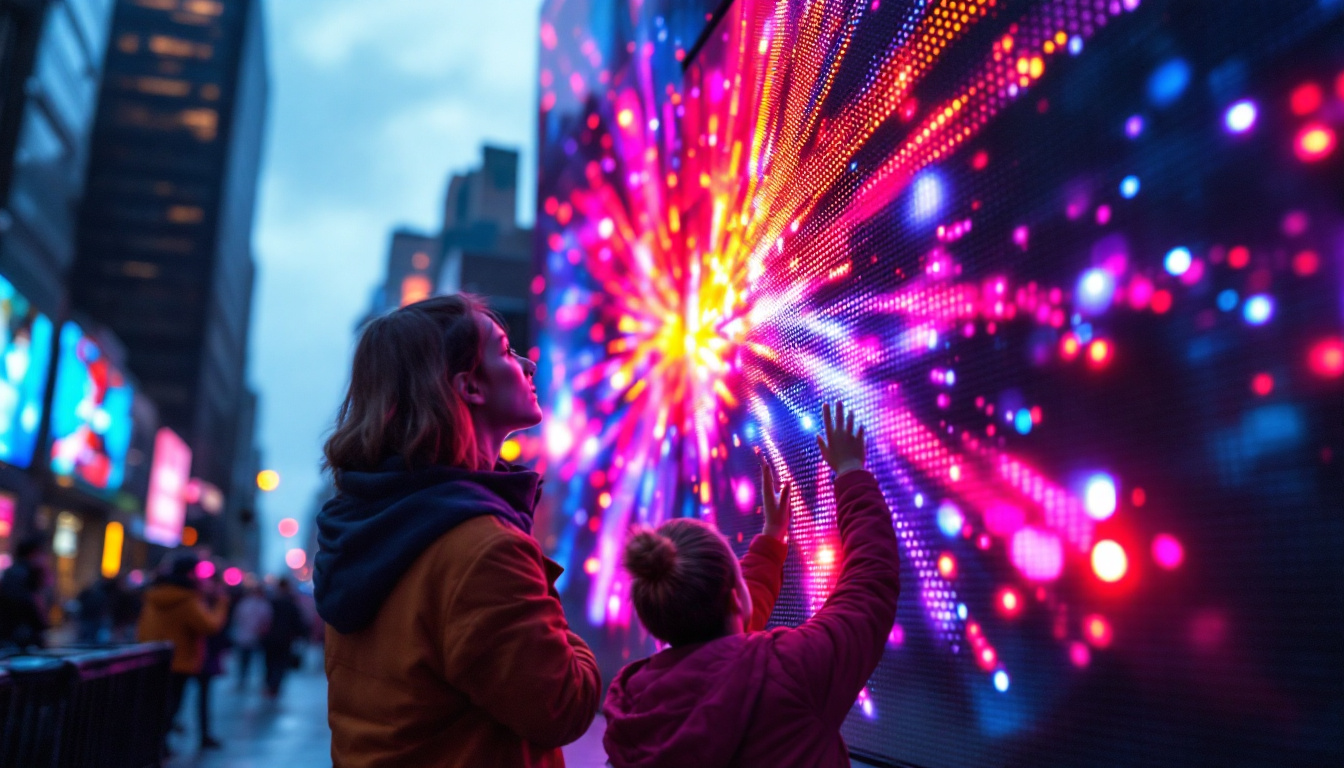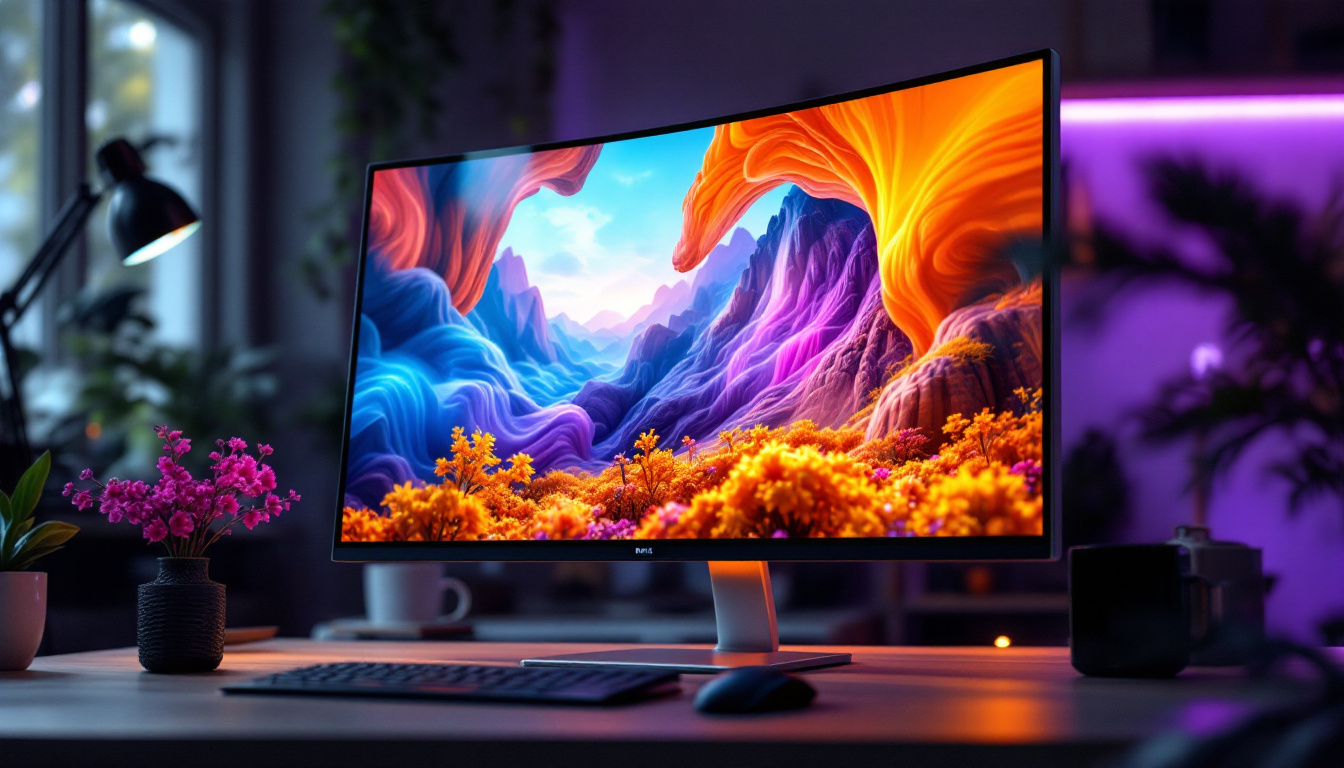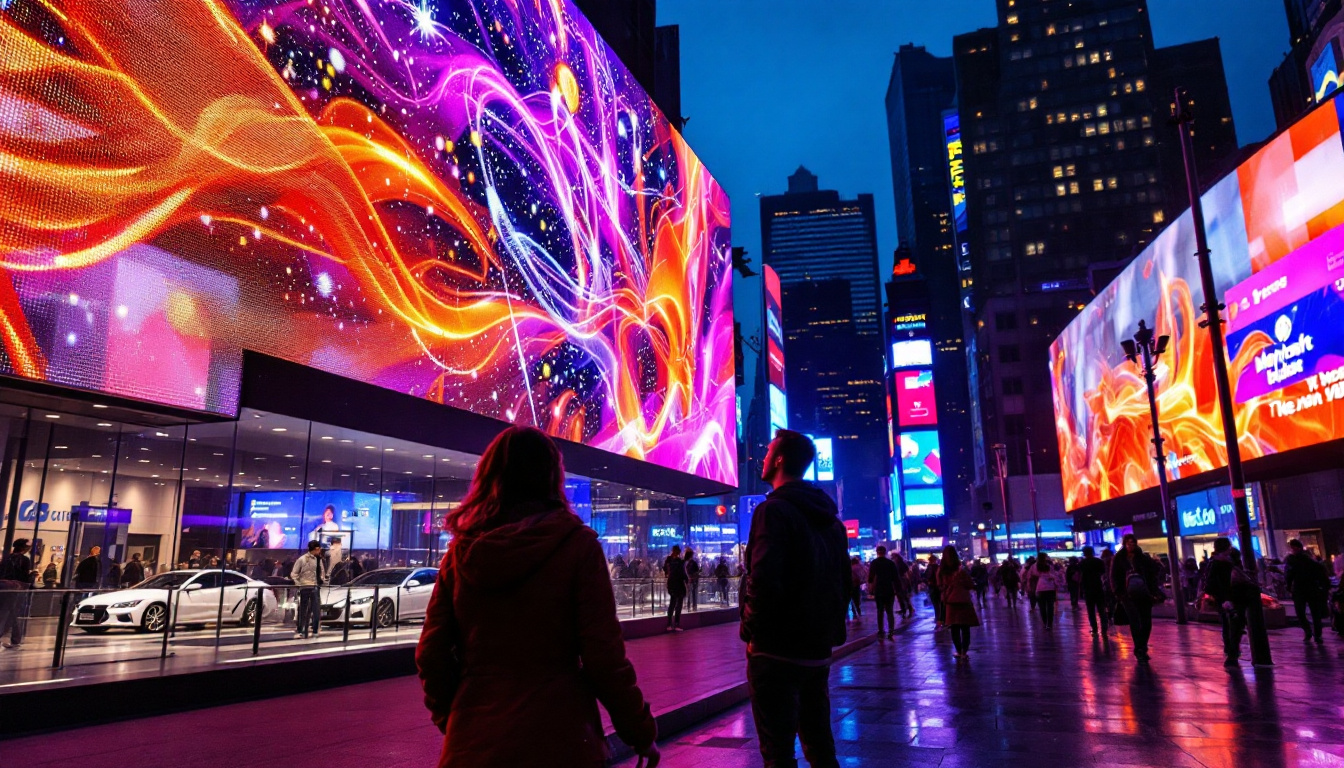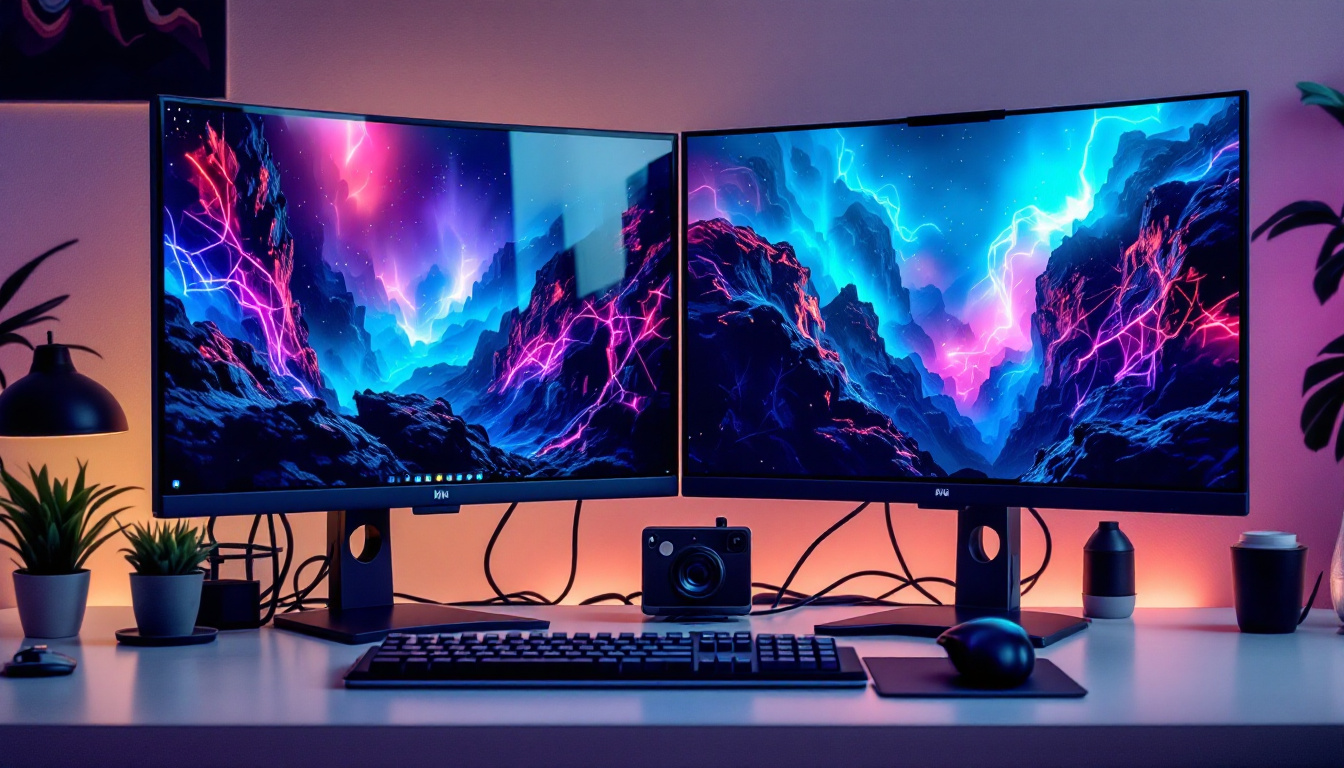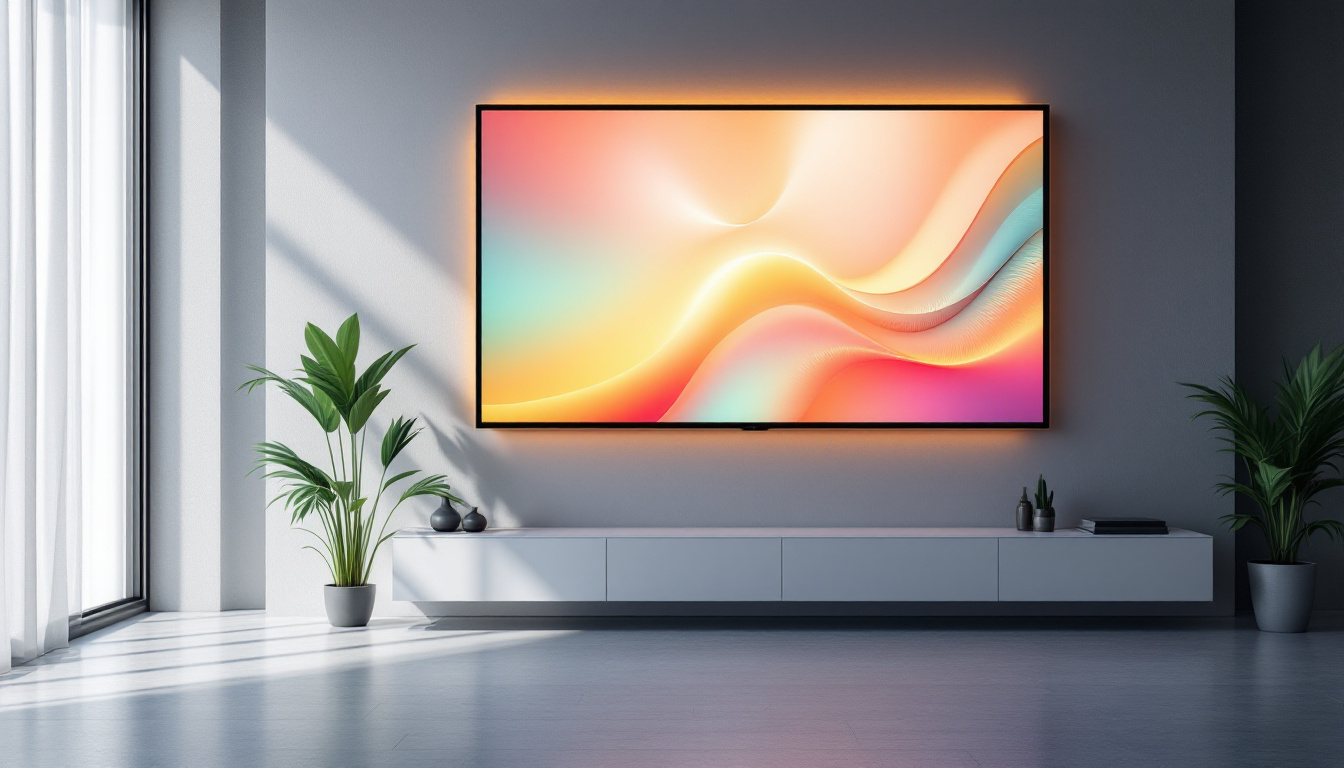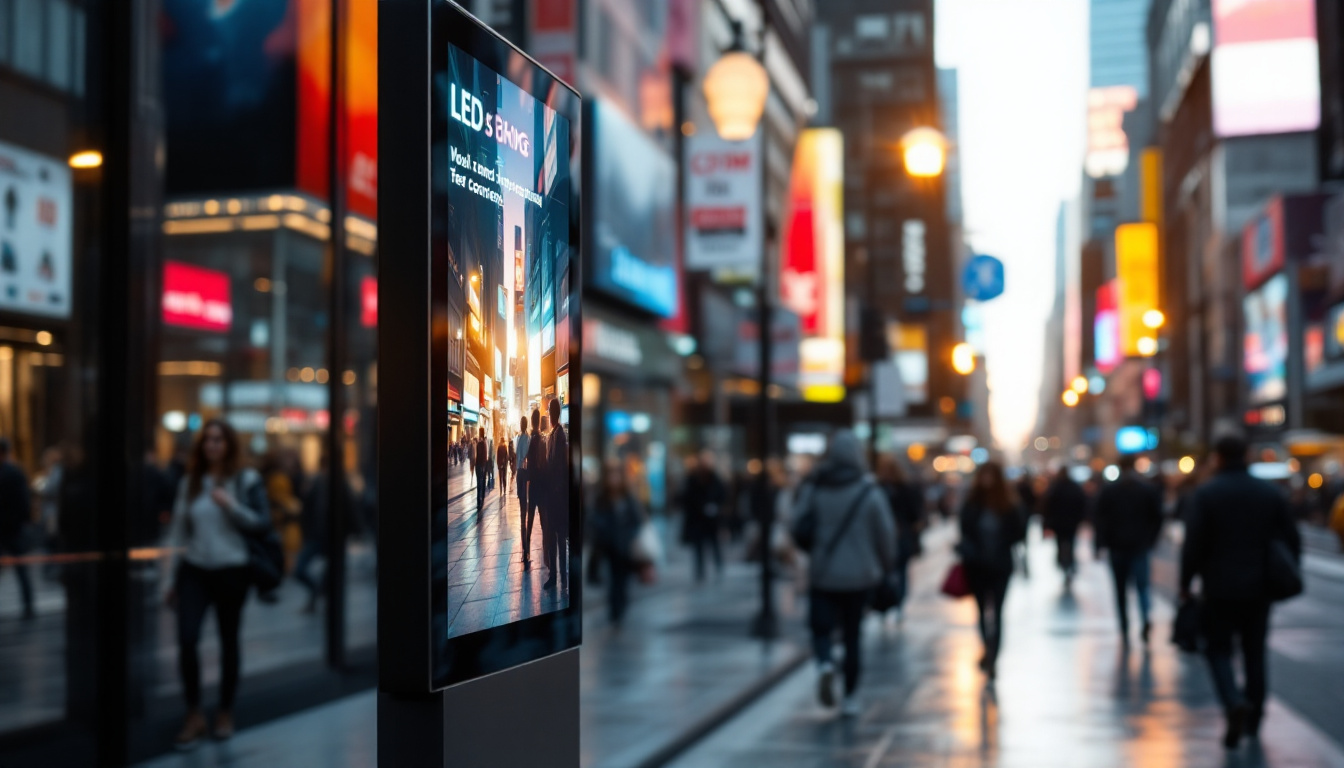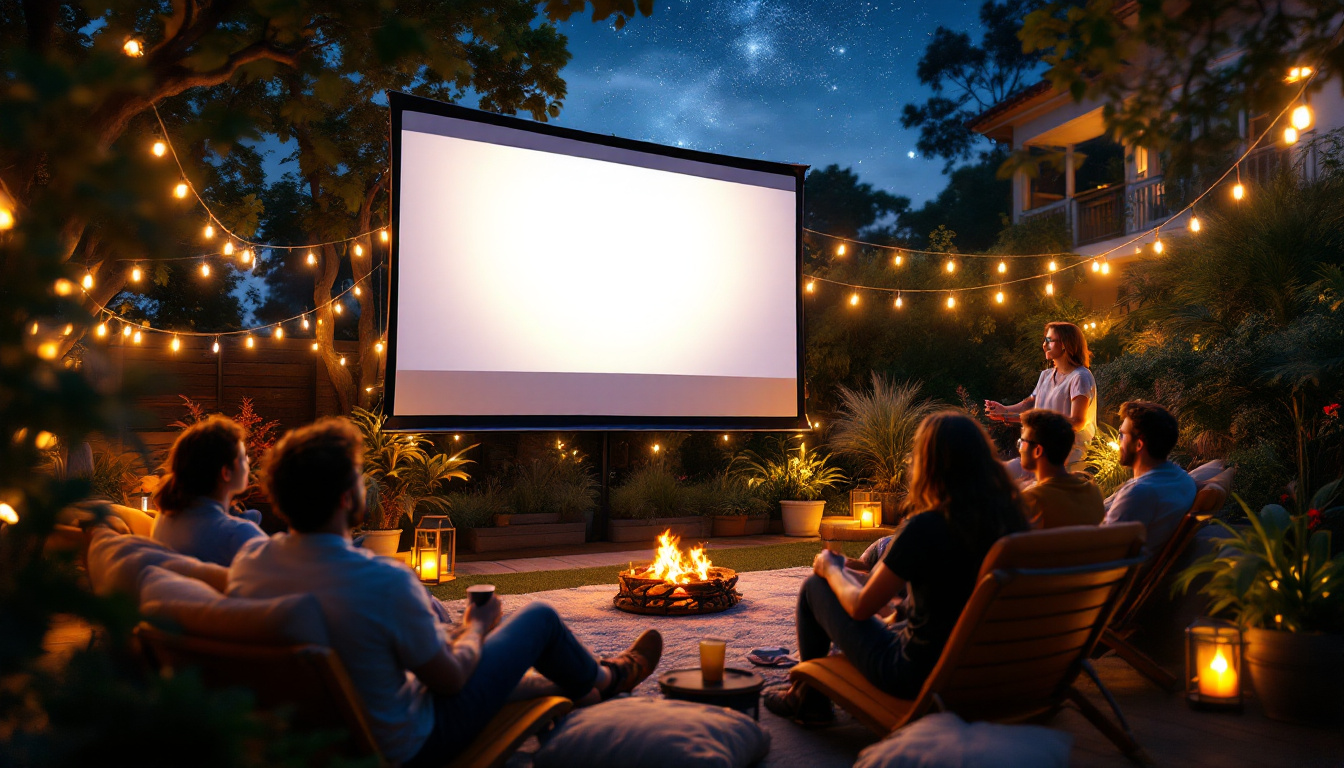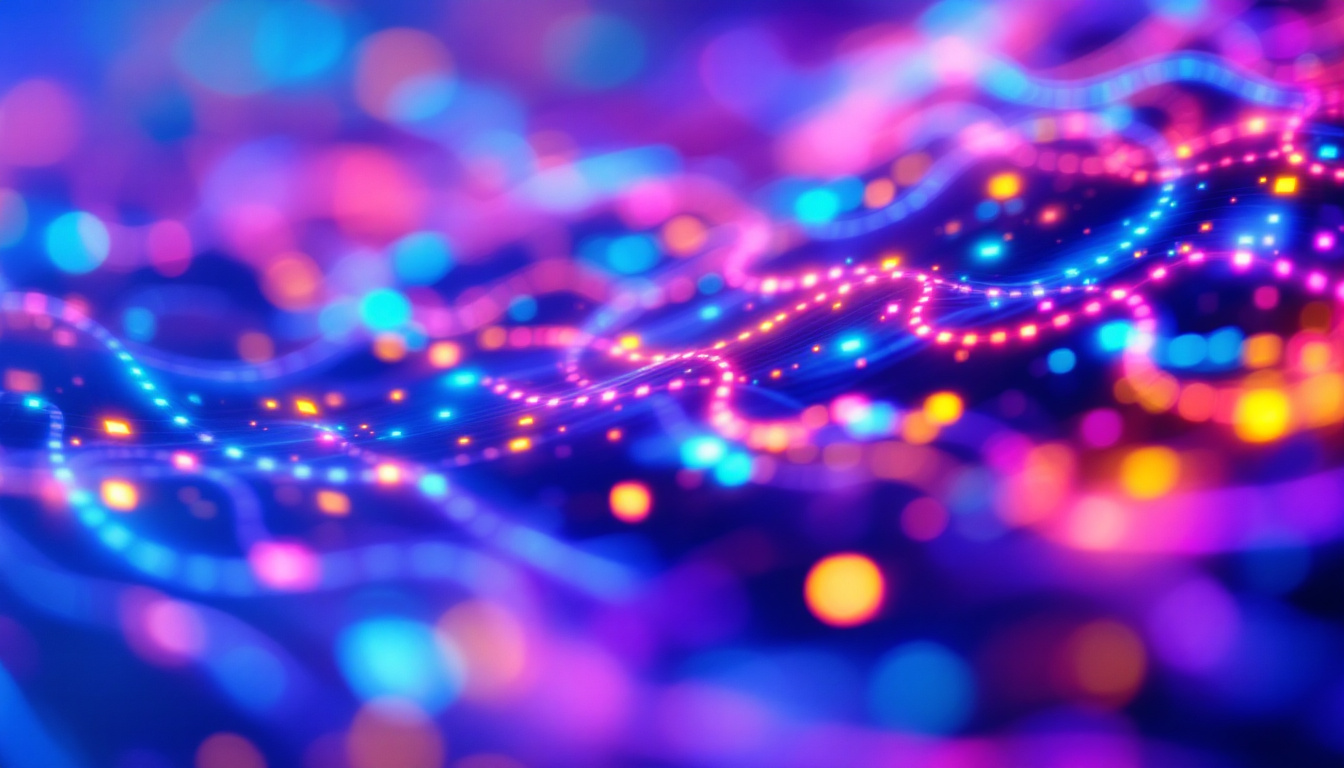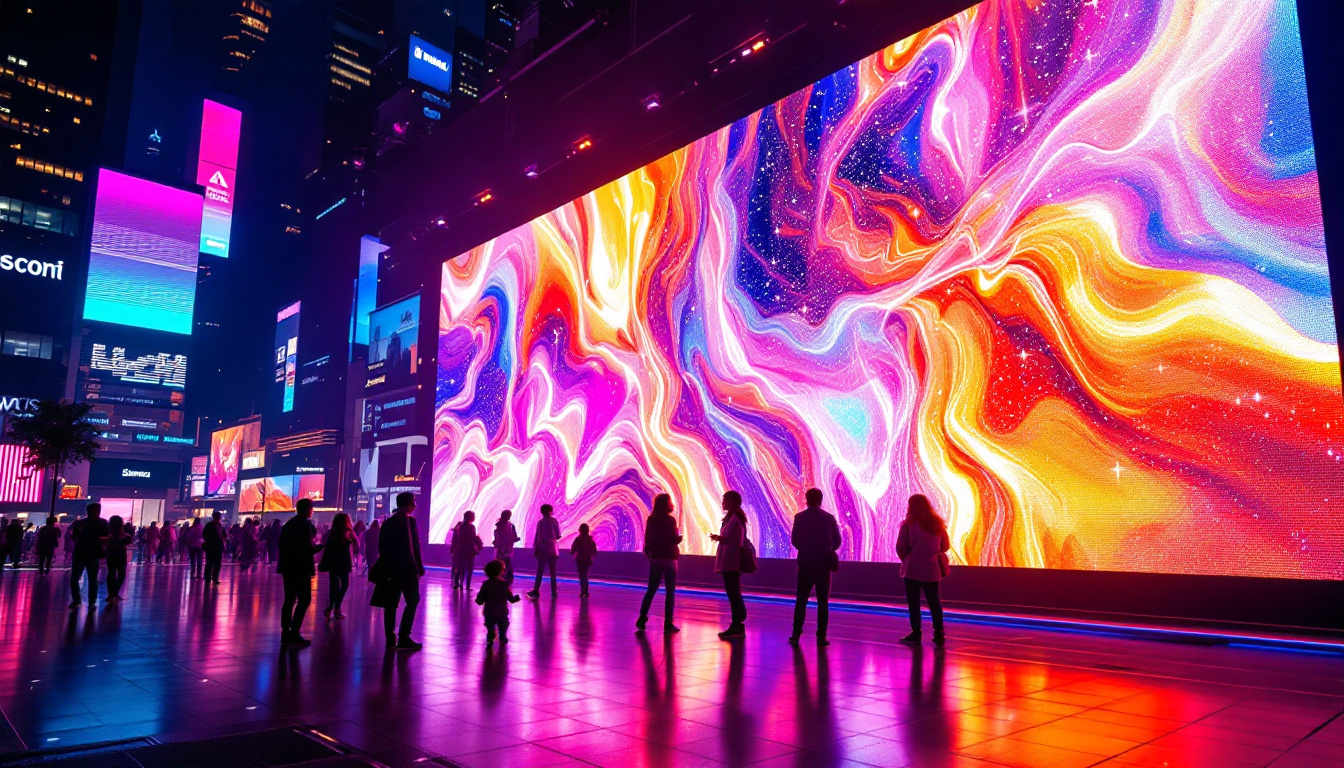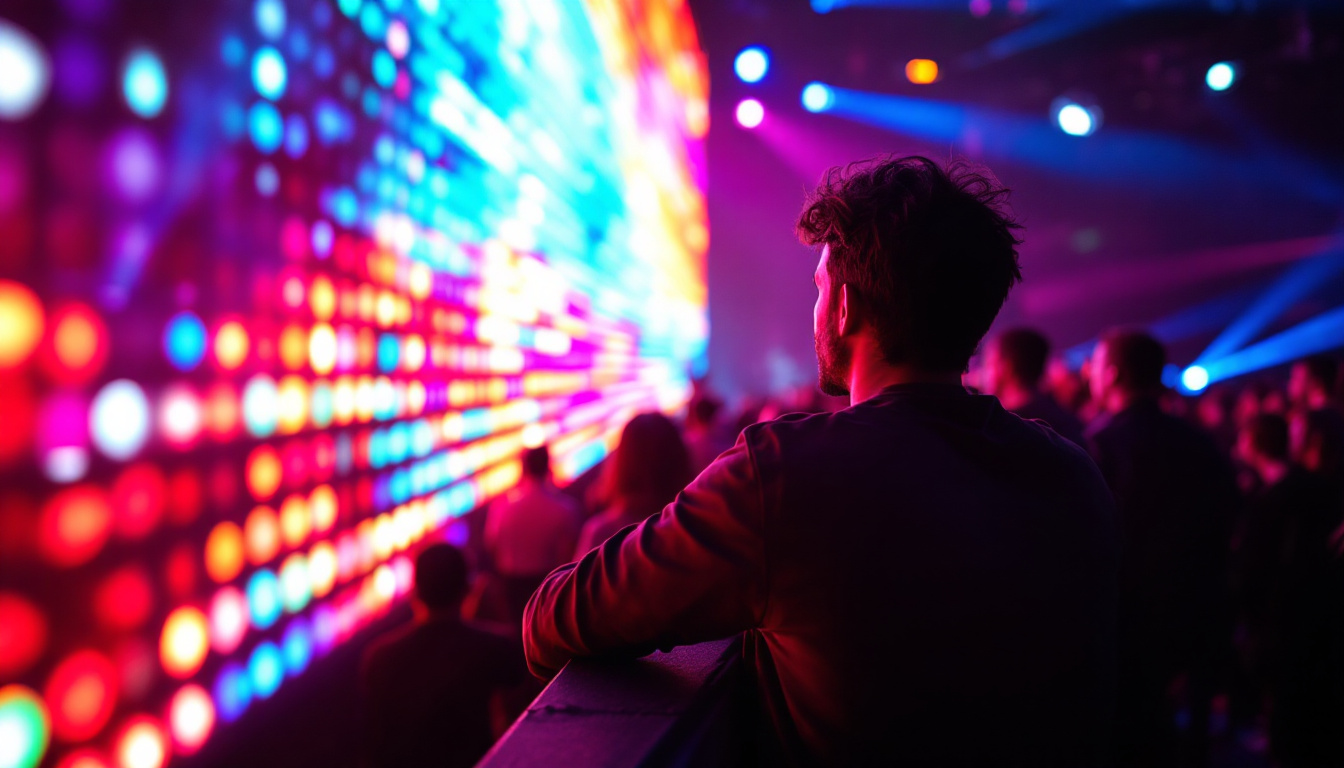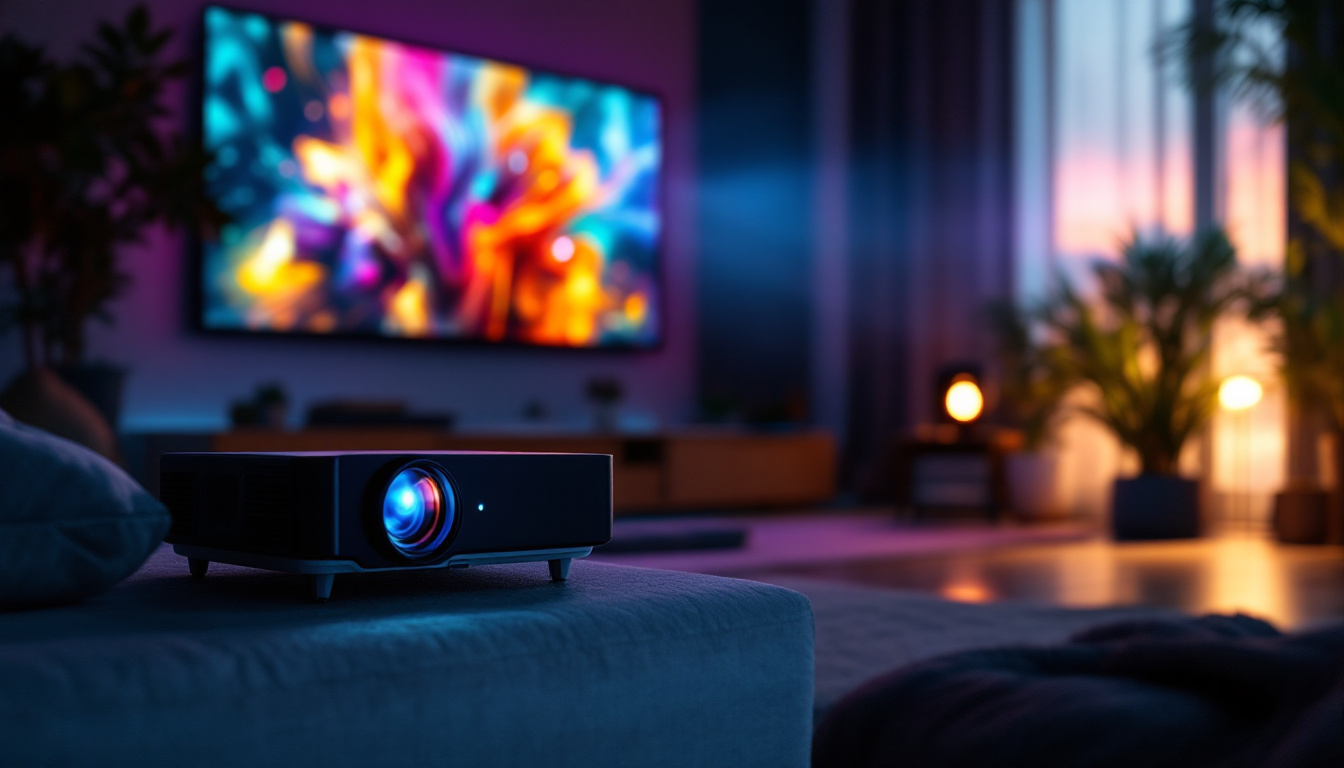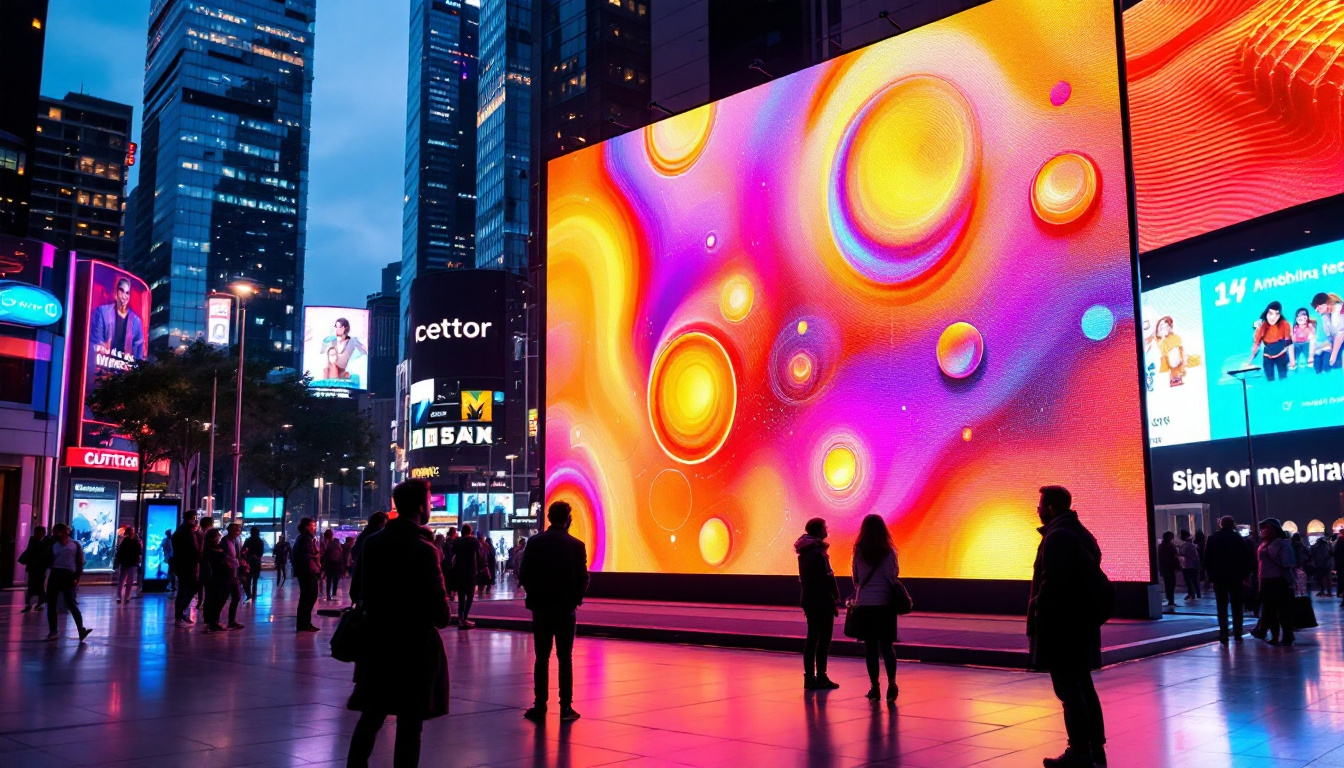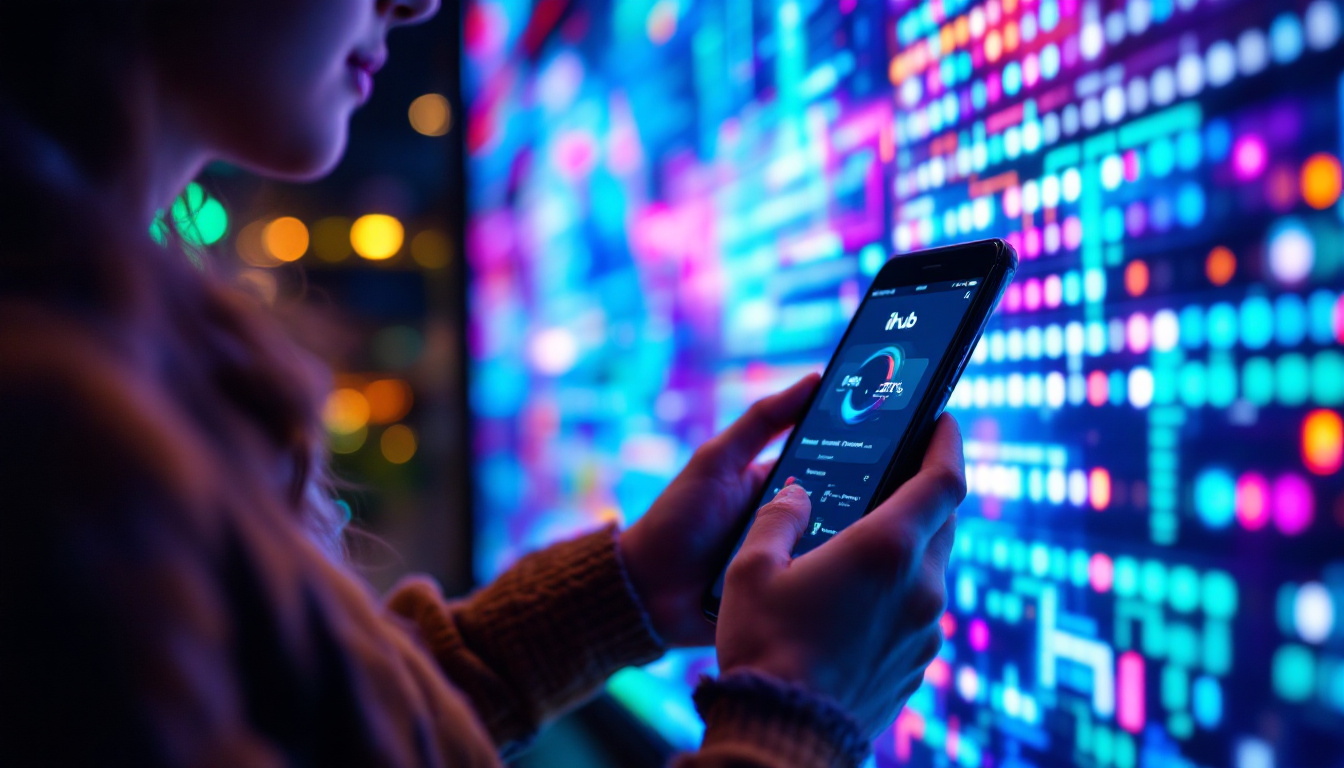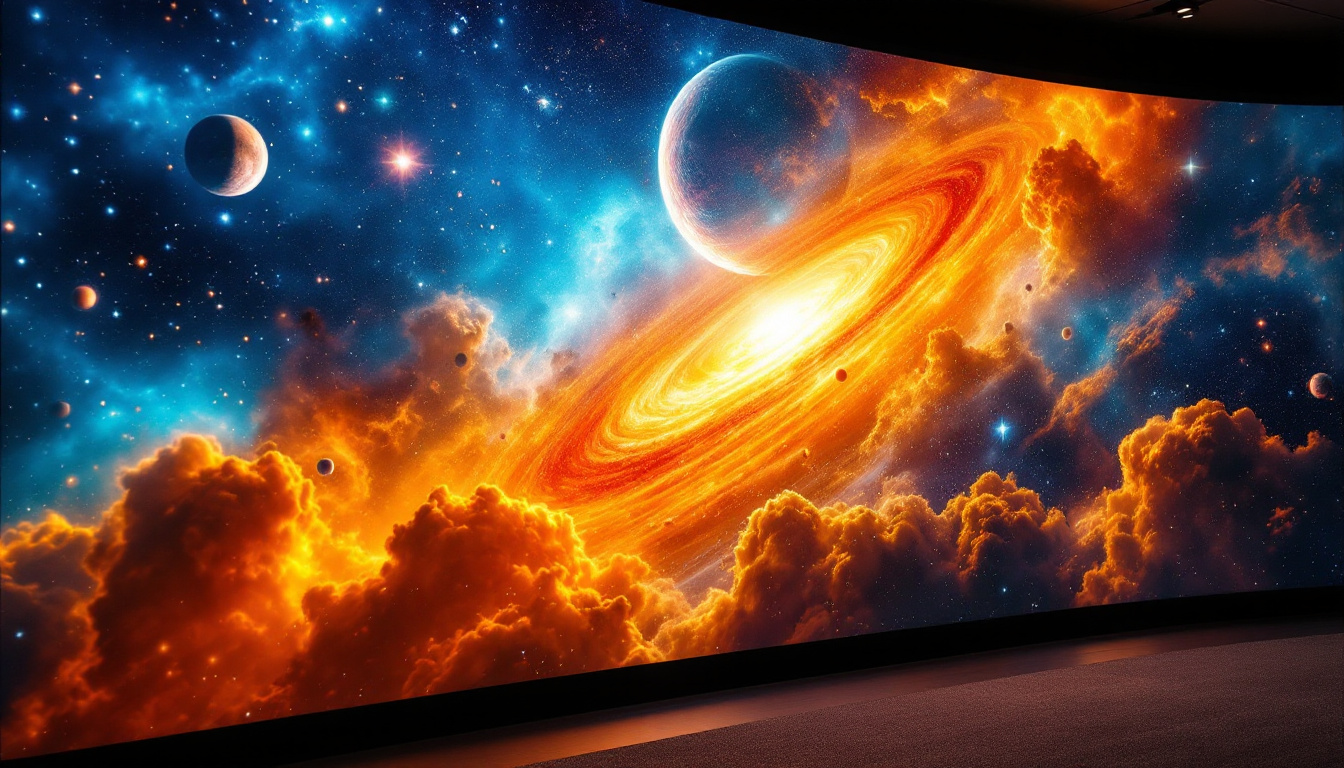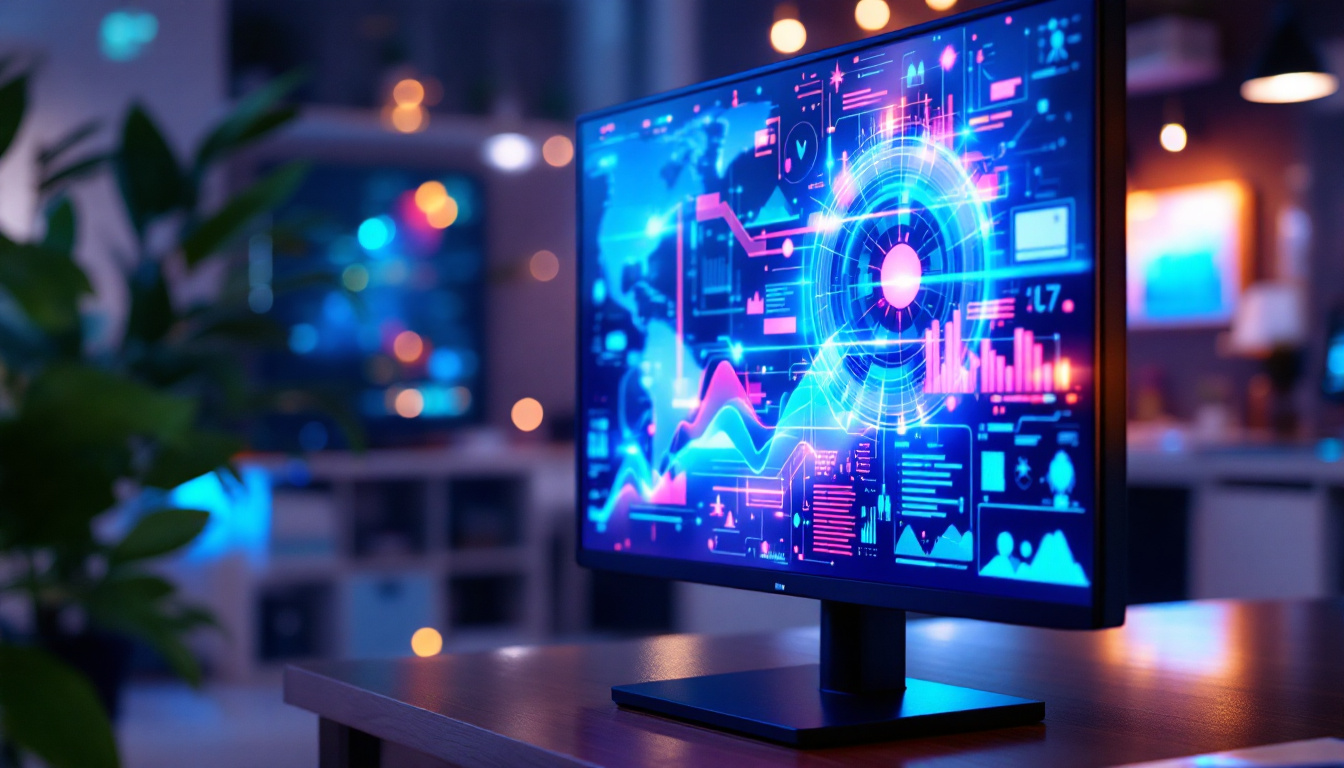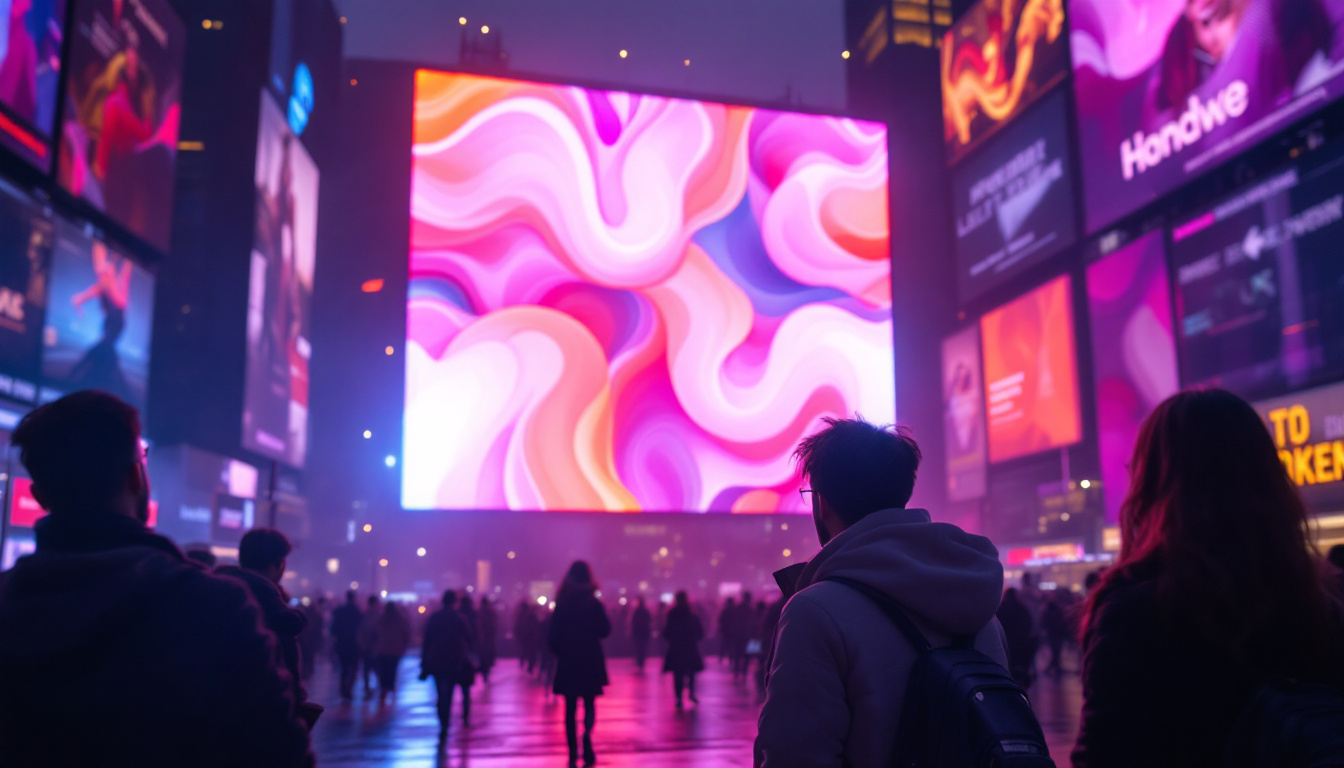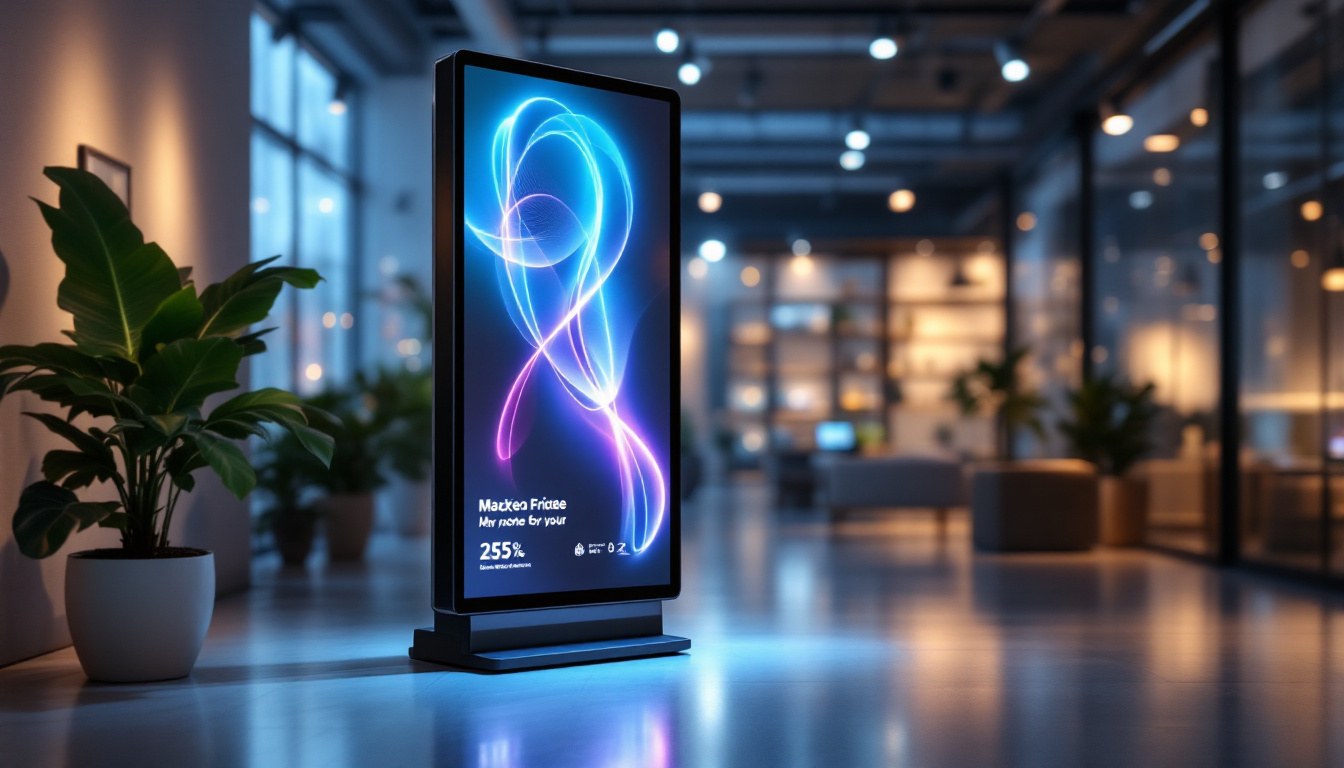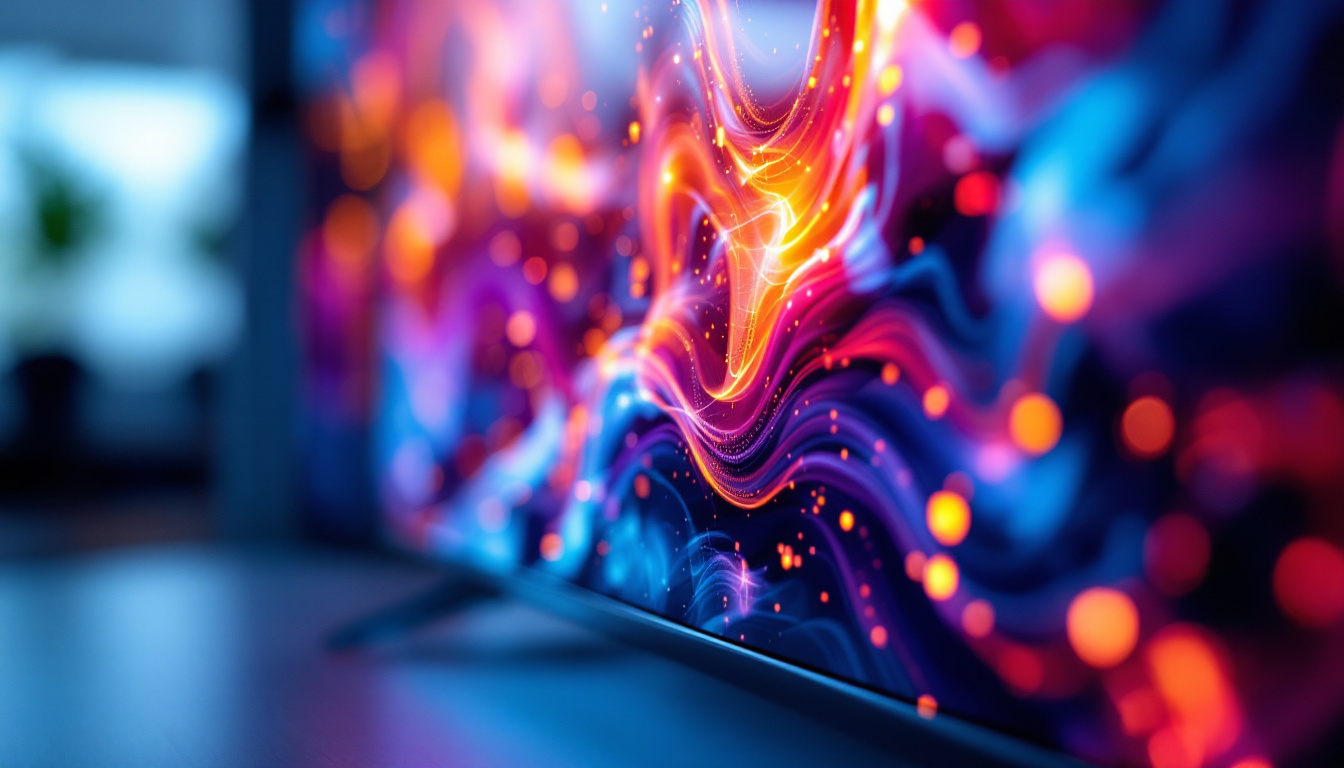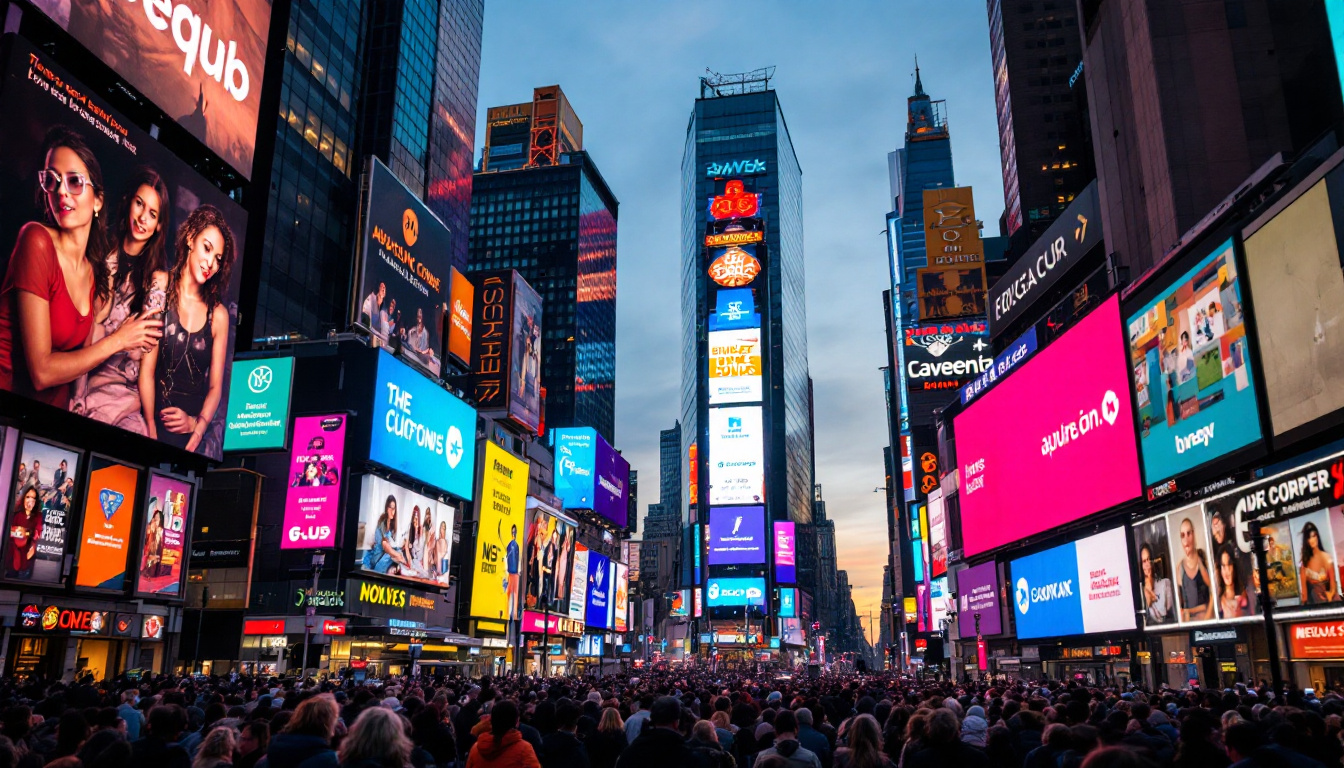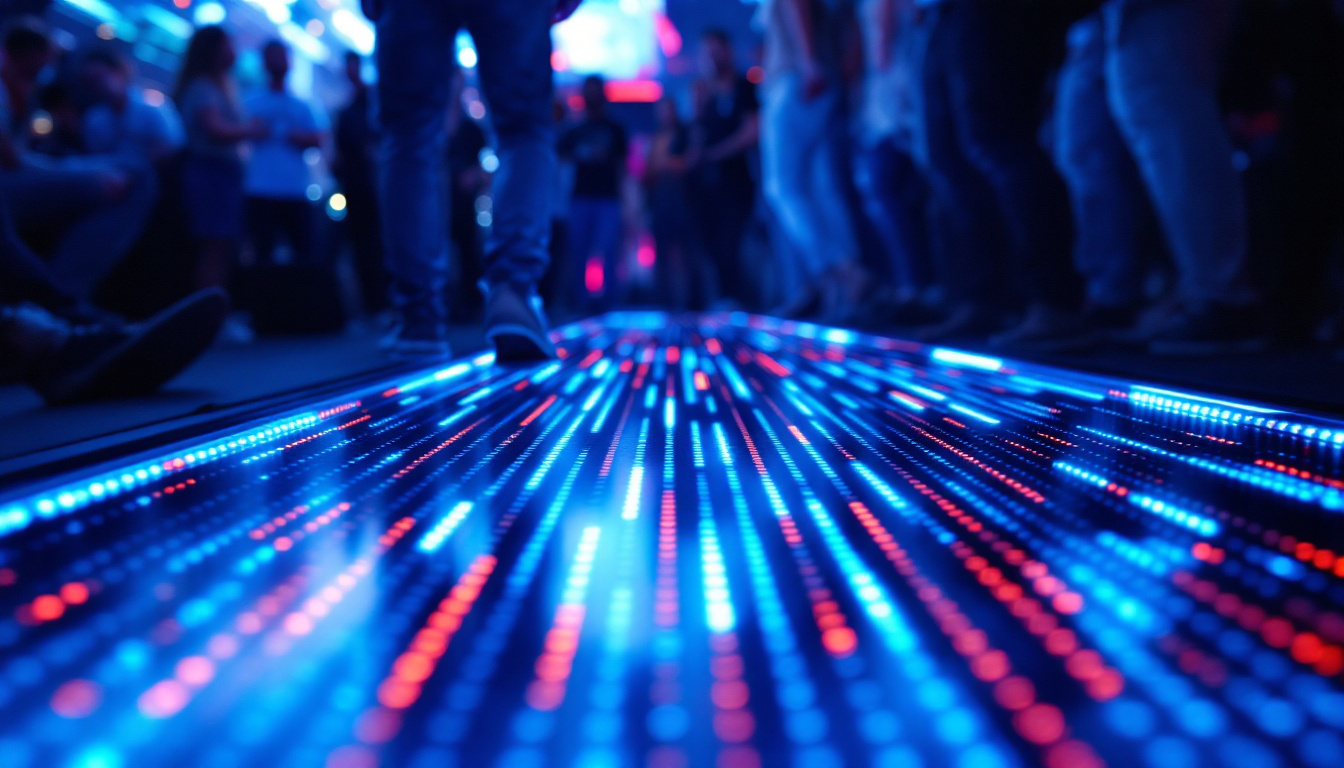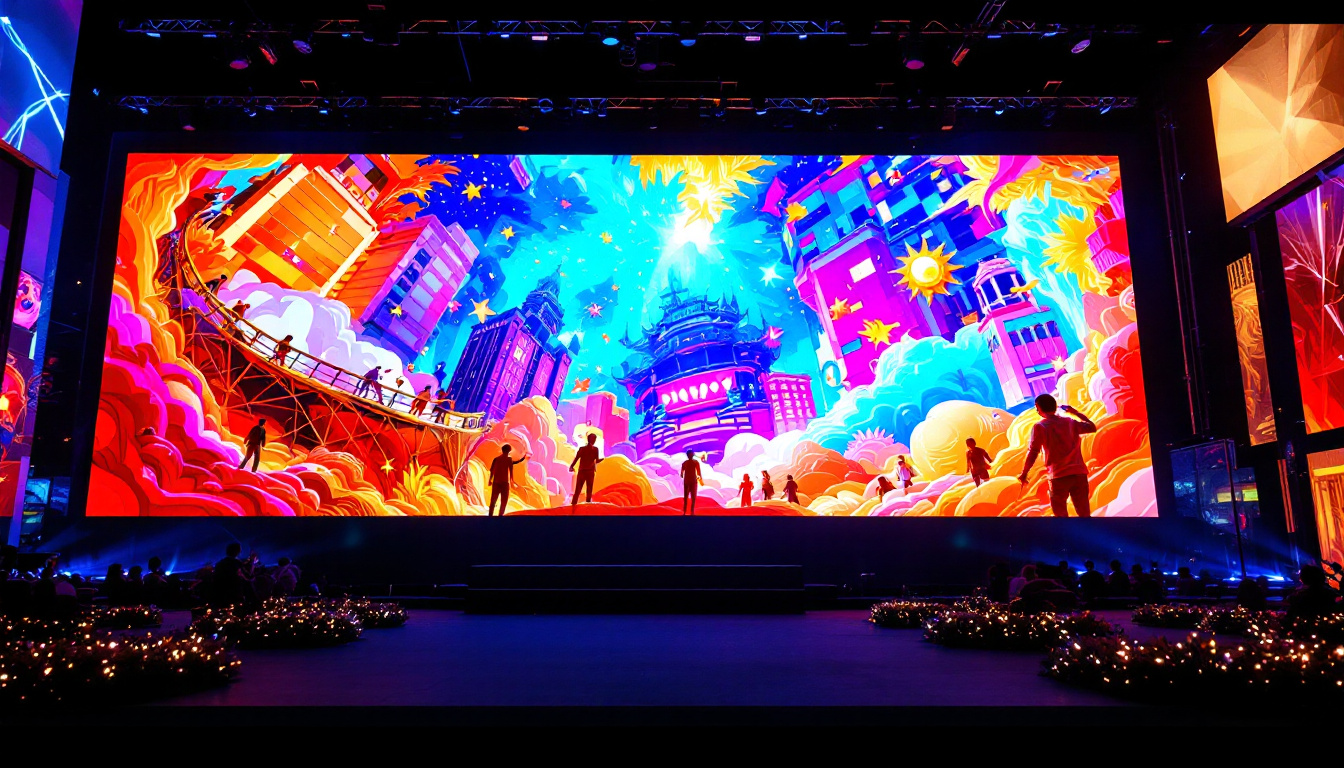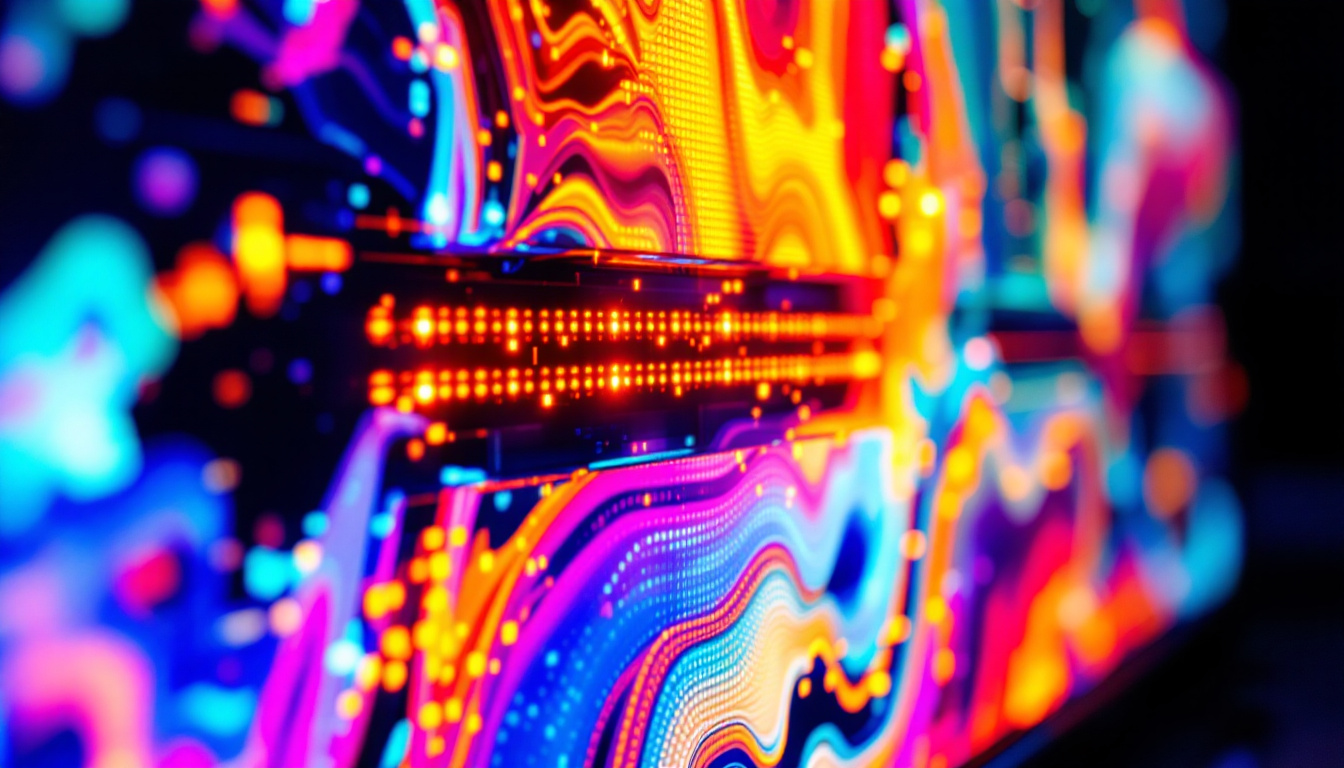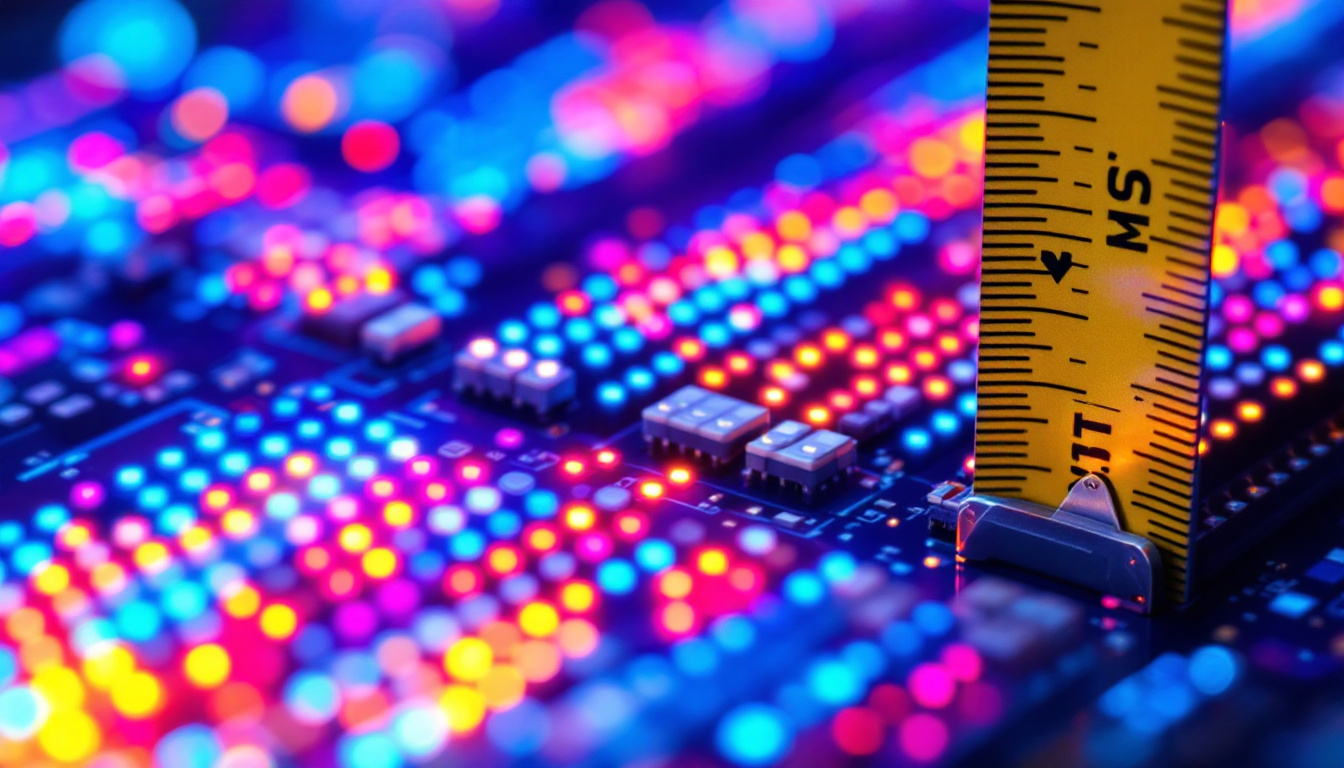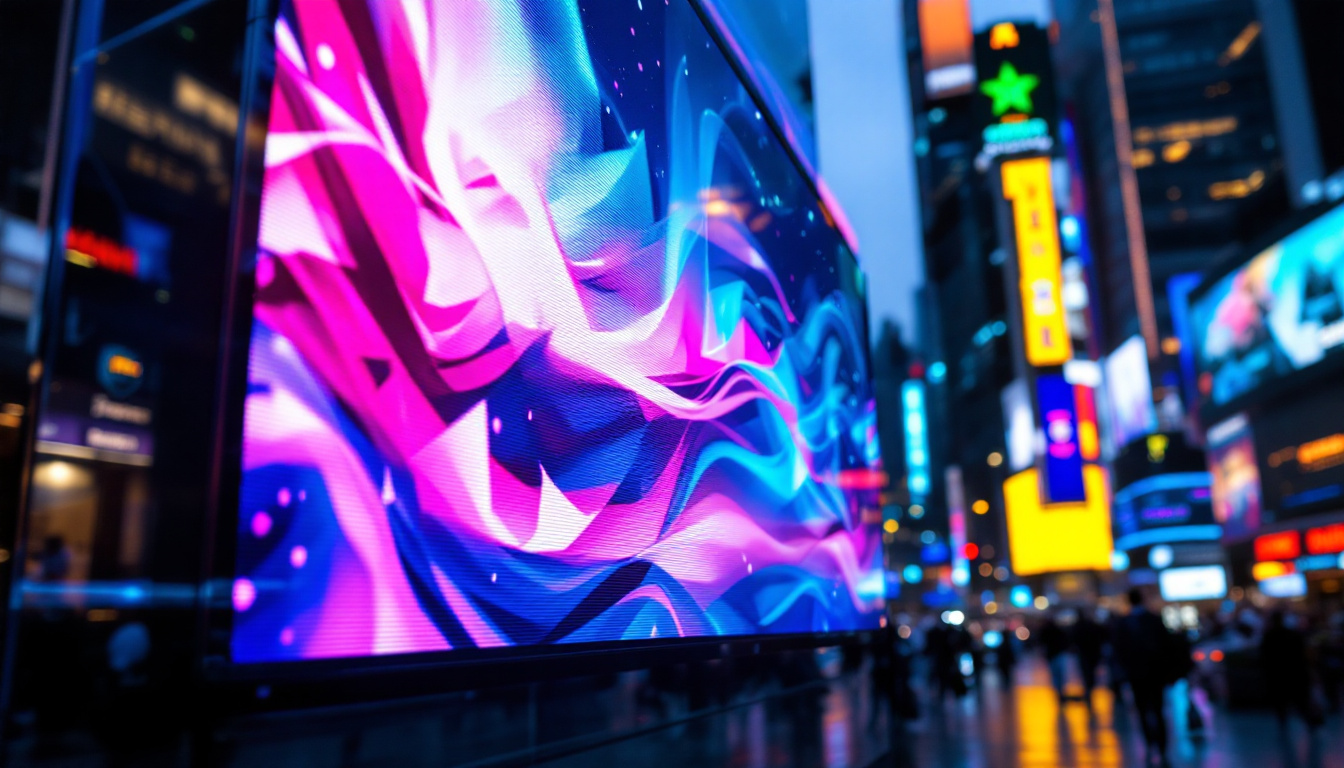In the rapidly evolving world of technology, LED displays have emerged as a dominant force in visual communication. From advertising billboards to television screens, LED technology has transformed the way information is presented. This article delves into the intricacies of LED displays, exploring their functionality, advantages, and applications in various industries.
Understanding LED Technology
LED, or Light Emitting Diode, is a semiconductor device that emits light when an electric current passes through it. This technology has revolutionized display systems due to its efficiency, brightness, and versatility. Unlike traditional incandescent bulbs, LEDs consume significantly less power and have a longer lifespan, making them an attractive option for both commercial and residential uses. The energy efficiency of LEDs can lead to substantial cost savings over time, as they require less electricity to operate and reduce the frequency of replacements, which is particularly beneficial in settings like offices and public spaces.
The Science Behind LEDs
At the core of LED technology is the principle of electroluminescence. When electrons move through the semiconductor material, they release energy in the form of photons, producing light. The color of the emitted light depends on the materials used in the semiconductor. By combining different colors, manufacturers can create vibrant displays that capture attention and convey messages effectively. This ability to produce a wide spectrum of colors has made LEDs a favorite in artistic installations and architectural lighting, where ambiance and mood are crucial.
LEDs can be categorized into two main types: organic and inorganic. Organic LEDs (OLEDs) are made from carbon-based materials and are known for their flexibility and superior color accuracy. Inorganic LEDs, on the other hand, are more common in large-scale displays and are used in applications ranging from traffic lights to large outdoor screens. The ongoing advancements in LED technology continue to push the boundaries of what is possible, with developments in miniaturization allowing for even more compact designs and improved performance in various environments.
Types of LED Displays
LED displays come in various forms, each designed to meet specific needs. The most common types include:
- Direct View LED Displays: These displays consist of individual LED modules that form a larger screen. They are often used for outdoor advertising and large events due to their high brightness and visibility. Their robustness against weather conditions makes them ideal for billboards and stadium displays, where they can be viewed in direct sunlight.
- LED Video Walls: Composed of multiple smaller screens, LED video walls can create a seamless display for events, concerts, and exhibitions. Their modular nature allows for flexibility in size and shape, enabling creative configurations that can adapt to different venues and themes. This adaptability has made them a popular choice for immersive experiences in museums and trade shows.
- LED Backlit Displays: Commonly found in televisions and computer monitors, these displays use LEDs to illuminate an LCD panel, providing enhanced brightness and contrast. The use of LED backlighting has significantly improved the viewing experience, allowing for thinner screens and better energy efficiency compared to traditional fluorescent backlighting.
Furthermore, the integration of smart technology with LED displays is paving the way for innovative applications. Smart LED displays can be programmed to change content based on real-time data, such as weather conditions or audience engagement, making them an effective tool for dynamic advertising and information dissemination. As technology continues to evolve, the potential for LED displays to enhance communication and interaction in various sectors remains vast and exciting.
Advantages of LED Displays
The popularity of LED displays can be attributed to several key advantages that set them apart from traditional display technologies.
Energy Efficiency
One of the most significant benefits of LED displays is their energy efficiency. LEDs consume considerably less power compared to other lighting technologies, such as fluorescent or incandescent bulbs. This not only reduces electricity costs but also minimizes environmental impact, making LEDs a sustainable choice for businesses and consumers alike. Moreover, the lower energy consumption contributes to a reduced carbon footprint, aligning with the growing global emphasis on sustainability and eco-friendly practices. As more companies seek to enhance their green credentials, adopting LED technology can be a strategic move that resonates with environmentally conscious consumers.
Brightness and Visibility
LED displays are renowned for their exceptional brightness levels. This characteristic makes them ideal for outdoor applications where sunlight can wash out the visibility of other display types. The ability to produce vivid colors and sharp images ensures that messages remain clear and engaging, regardless of lighting conditions. In addition, the high contrast ratio of LED displays enhances the viewing experience, allowing for better visibility from various angles. This feature is particularly beneficial in crowded urban environments, where digital signage competes with numerous distractions and the need for immediate attention is paramount.
Longevity and Durability
LEDs have a remarkably long lifespan, often exceeding 50,000 hours of operation. This durability translates to lower maintenance costs and less frequent replacements, providing a cost-effective solution for businesses. Additionally, LED displays are resistant to shock and vibration, making them suitable for a variety of environments. Their robust construction allows them to withstand harsh weather conditions, such as heavy rain or extreme temperatures, which is particularly advantageous for outdoor installations. Furthermore, the lack of fragile components, like glass, reduces the risk of damage during transportation and installation, further enhancing their appeal for both commercial and industrial applications.
Applications of LED Displays
LED displays have found their way into numerous sectors, showcasing their versatility and effectiveness in communication.
Advertising and Marketing
In the realm of advertising, LED displays have become a staple for brands looking to capture audience attention. Digital billboards and storefront displays can be easily updated with dynamic content, allowing businesses to promote sales, events, and new products in real-time. The captivating visuals and animations made possible by LEDs can significantly enhance brand visibility and engagement. Moreover, the ability to integrate interactive elements, such as QR codes or social media feeds, transforms passive viewers into active participants, fostering a deeper connection between the consumer and the brand.
Furthermore, LED technology allows for targeted advertising, where businesses can tailor their messages based on the time of day or specific demographics. For instance, a coffee shop might display morning promotions to commuters during rush hour, while evening specials could be highlighted later in the day. This level of customization not only maximizes the effectiveness of advertising campaigns but also helps businesses optimize their marketing budgets by reaching the right audience at the right time.
Entertainment and Events
From concerts to sporting events, LED displays play a crucial role in enhancing the audience experience. Large video walls provide immersive visuals that elevate performances and broadcasts. Additionally, LED screens can be used for live streaming, ensuring that attendees, whether in-person or online, receive a high-quality viewing experience. The versatility of LED technology allows for various configurations, from curved screens that wrap around stages to mobile units that can be transported to different venues, making it an ideal choice for event organizers.
Moreover, the use of LED displays in entertainment extends beyond just visuals; they can also synchronize with sound systems to create a cohesive sensory experience. For example, during a concert, the lights can change color and intensity in sync with the music, creating a dynamic atmosphere that captivates the audience. This integration of audio-visual elements not only enhances the overall enjoyment of the event but also leaves a lasting impression on attendees, encouraging them to return for future events.
Transportation and Public Information
LED displays are widely used in transportation systems to provide real-time information to passengers. Bus stops, train stations, and airports utilize LED screens to display arrival and departure times, ensuring that travelers are well-informed. This technology enhances efficiency and contributes to a smoother travel experience. Additionally, LED displays can be programmed to show alerts and updates regarding delays, cancellations, or emergencies, allowing passengers to make informed decisions quickly.
In urban environments, LED displays also serve as a vital tool for public safety. They can be used to broadcast important announcements, such as weather warnings or safety protocols, ensuring that the public remains aware and prepared for any situation. The bright, attention-grabbing nature of LED technology makes it an effective medium for communicating critical information in busy, high-traffic areas, ultimately contributing to a safer and more informed community.
Challenges and Considerations
While LED displays offer numerous advantages, there are also challenges and considerations that users must keep in mind.
Initial Costs
The initial investment for LED display technology can be substantial. Although the long-term savings on energy and maintenance may offset these costs, businesses must evaluate their budgets and determine the feasibility of such an investment. It is essential to consider the return on investment (ROI) when making decisions about display technology.
Content Management
Managing content for LED displays requires careful planning and execution. Businesses must invest in software and training to ensure that content is updated regularly and remains relevant. Additionally, the design of the content must be engaging and tailored to the audience to maximize impact.
The Future of LED Displays
The future of LED display technology looks promising, with ongoing advancements in design and functionality. As technology continues to evolve, several trends are emerging that will shape the future of LED displays.
Integration with Smart Technology
As smart technology becomes increasingly prevalent, LED displays are expected to integrate seamlessly with other devices. This integration will allow for more interactive and personalized experiences. For instance, displays could connect with smartphones, enabling users to engage with content in real-time through apps or social media platforms.
Advancements in Resolution
With the demand for higher resolution displays on the rise, manufacturers are continuously working to improve pixel density. This advancement will result in sharper images and more detailed visuals, enhancing the overall viewing experience. 8K resolution is already on the horizon, promising unprecedented clarity and realism.
Environmental Sustainability
As sustainability becomes a priority for many organizations, the LED industry is responding by developing eco-friendly products. This includes using recyclable materials in manufacturing and creating energy-efficient displays that further reduce carbon footprints. The push for greener technology will likely influence future innovations in LED displays.
Conclusion
LED displays have undoubtedly transformed the landscape of visual communication. Their energy efficiency, brightness, and versatility make them an ideal choice for a wide range of applications, from advertising to public information. While challenges such as initial costs and content management exist, the benefits far outweigh these drawbacks. As technology continues to evolve, the future of LED displays looks bright, promising even more innovative solutions for businesses and consumers alike.
In summary, understanding the capabilities and potential of LED displays is essential for anyone looking to leverage this technology effectively. Whether for commercial use or personal enjoyment, LED displays are here to stay, shaping the way information is shared and experienced in the digital age.
Explore Cutting-Edge LED Displays with LumenMatrix
Ready to elevate your visual communication with the latest in LED display technology? Discover LumenMatrix’s innovative solutions, from Indoor and Outdoor LED Wall Displays to specialized options like Vehicle, Sports, and Floor LED Displays. Our mission is to revolutionize your digital signage experience, providing unparalleled engagement and clarity. Check out LumenMatrix LED Display Solutions today and transform how you share your message with the world.

